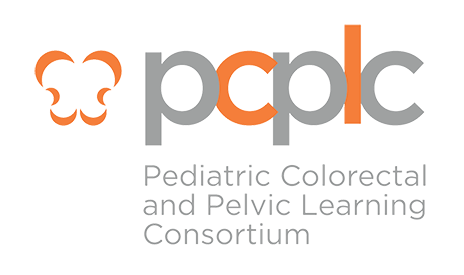ANORECTAL MALFORMATIONS
ARM CONDITIONS
Conditions associated with ARM (GU, GI, GYN, Neurosurgical, Cardiac, Limb anomalies)
Commonly other abnormalities are noted in babies born with imperforate anus. These associated anomalies are grouped in the term: VACTERL.
VACTERL problems include:
- V:Vertebral (including bony spine and/or the spinal cord)
- A:Anus (anorectal malformation)
- C:Cardiac (heart)
- T/E:trachea (windpipe)/esophagus (swallowing tube)
- R:Renal (including kidney, bladder, and reproductive organs)
- L:Limbs (including arms and/or legs)
- Vertebral: Problems can include bony abnormalities seen on x-ray that may not cause long term problems or may result in scoliosis if missing vertebrae (bones) or parts of vertebrae occur. The formation of the sacrum can also be abnormal. If the sacrum fails to form correctly, the nerves that control urinary and bowel function are generally also incorrectly formed. The spinal cord can be affected by structural abnormalities or tethering of the spinal cord (bound by a connection to base of bony spine). These abnormalities need to be evaluated by a neurosurgeon and surgery may or may not be required.
- Anus: Anorectal malformation as discussed above.
- Cardiac: Congenital heart defects are the most common type of major birth defect associated with anorectal malformations. The type of and severity of cardiac defect needs to be evaluated by a cardiologist and may affect the timing of the anal reconstruction.
- Esophageal Atresia/ Tracheoesophageal Fistula: Esophageal atresia is a defect in which the upper esophagus ends and does not connect with the lower esophagus and stomach. A Tracheoesophageal fistula (TEF) is when the esophagus connects with the trachea. This defect is typically ruled out by passage of a nasogastric tube following delivery.
- Renal/Genitourinary: Urinary tract abnormalities are noted in approximately half of children born with anorectal malformations. The external genitourinary tract will be examined at birth looking for abnormalities. An ultrasound is subsequently performed shortly after birth to assess for potential internal abnormalities such as malformed or missing kidneys, abnormal fluid collections or signs of poor kidney drainage. If abnormalities of the urinary system are noted at birth, often a voiding cystourethrogram (VCUG) will be performed. Close follow-up, often with repeated ultrasounds, is needed as the child grows.
- Internal Female Structural Anomalies:
As the gastrointestinal and urologic system develop in the developing female fetus, the uterus, fallopian tubes, and upper part of the vagina, grow and develop at the same time and develop from similar tissue. Because of this, girls with ARM are at increased risk of having abnormalities in their reproductive system. If present, these abnormalities are most commonly a vaginal septum (extra tissue in the vagina) or uterine anomaly. Assessment of the female reproductive tract is an important part of the initial assessment and may involve both physical examination and radiologic studies. The most severe ARM is called a cloaca. When a cloacal abnormality occurs, the rectum, urethra and vagina share a common pathway to the perineum. Girls with a cloacal anomaly will have one opening on the perineum rather than the normal 3 openings. Girls with a cloacal malformation may have a normal uterus, but are at increased risk of having abnormalities in their uterine structures such as duplicated uteri, uterine cavities that are not fully developed and are not connected to the vagina, or no uterus at all. During the initial evaluation and repair, preliminary assessment of the female reproductive tract will be made, but it is important to carefully follow these girls as their internal reproductive system grows and develops to make sure we fully understand their anatomy and how its functioning. Girls will often be followed with either pelvic ultrasound or MRI as they mature. The good news is that there is no increased risk of problems with the ovaries, even if they are not visualized easily on pelvic ultrasound or MRI when patients are young.

